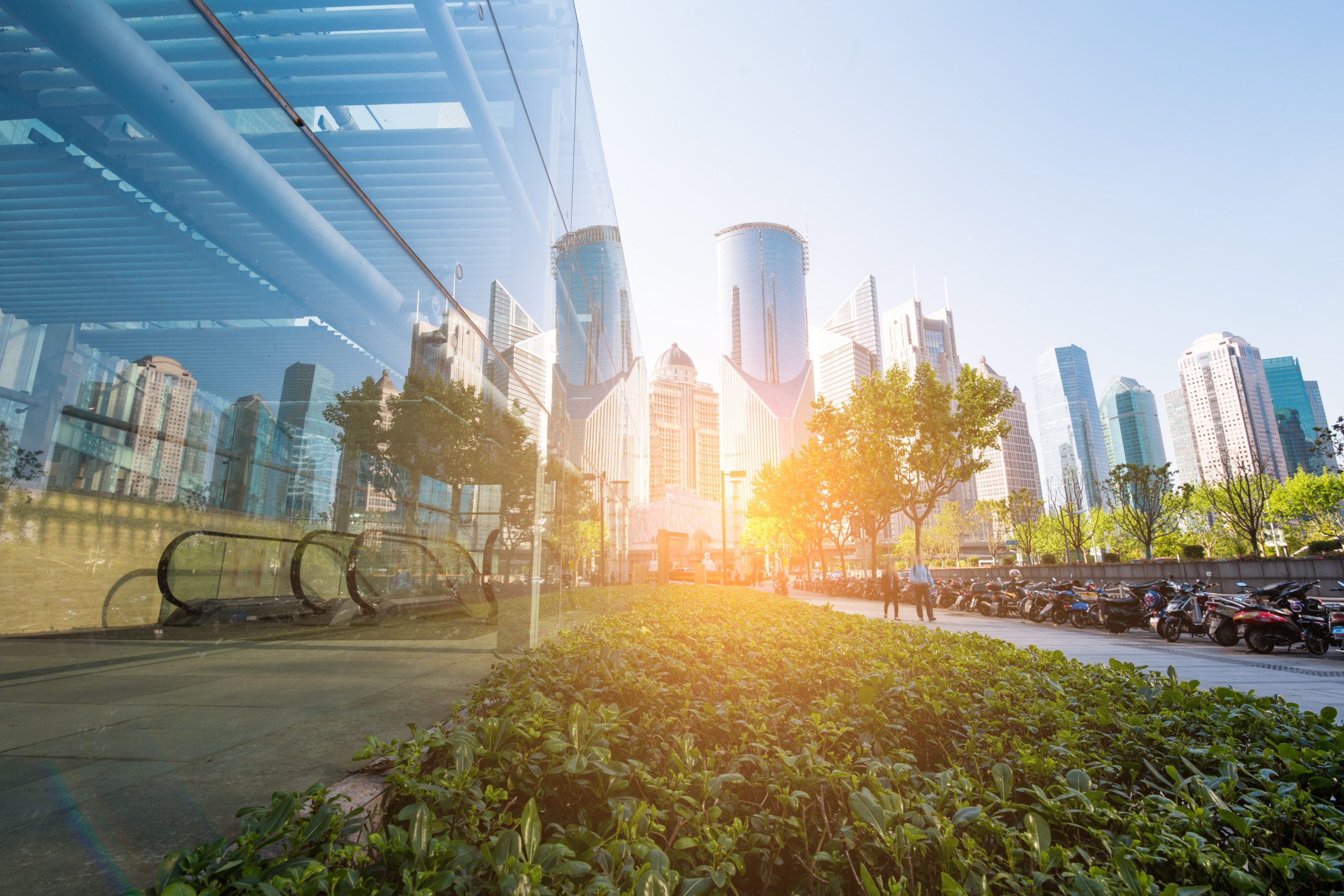Will Your Building Be Net Zero?
Right now, net-zero construction is in the spotlight of the press. To meet the updated eco-conscious business plans introduced at the beginning of 2020, many companies have committed to a net-zero model.
June 5th was World Environment Day, and in dedication to the cause, the World Green Building Council launched their latest campaign.
The #ActOnClimate movement included a net-zero goal, and the WGBCouncil announced that more than 100 companies signed The Net Zero Carbon Buildings Commitment pact to make all of their buildings net-zero in the next decade.
Obviously, this pledge has big implications for commercial real estate.
As the masses adopt the net-zero building trend, it looks like it may become the norm for CRE. Property owners who are slow to adopt this green solution may be left in the dust of environmentally-friendly competitors.
Soon, everyone will need to choose to embark on this route or not. Is this the best solution for you? Here’s an in-depth look at the details of the net-zero system and what it means for commercial real estate:
What is Net Zero?
Also referred to as zero-energy buildings, net-zero means that a property has no net energy consumption.
In a nutshell, this means that the annual total of energy consumed by the building is equivalent to the amount of energy generated on the site. Theoretically, this can be described as a building that uses 100 units of energy per year, but also generates 100 units of energy annually. Ultimately, the result of use-and-produce is balanced out.
This symbiotic system is far different from the one-sided consumption pattern where a building uses massive amounts of resources without replacing it in the big-picture.
How To Achieve this Standard?
Applying the net-zero standard means implementing green options throughout the property to balance out the annual energy usage.
Common ways to do this is through solar panels, advanced insulation, passive heating and cooling, and energy-efficient lighting. Creating a sustainable and productive green infrastructure that can generate just as much energy as the property consumes is the key to going net-zero.
Why is Net Zero Popular?
With today’s society being surrounded by environmental concerns, it’s not difficult to see why the net-zero trend is attractive to both people and businesses. WGBCouncil’s #ActOnClimate net-zero initiative is set to reduce carbon emissions by 3.3 million tons.
Commercial real estate is at the forefront of many green movements because of the large scale footprint commercial properties have on the global consumption of resources. According to the International Energy Agency, in 2019 buildings consumed 36% of the world’s fossil fuels.
With over one-third of the entire world’s used resources being funneled by the commercial scene, it’s impossible to ignore the issue. Even slight changes in this arena can yield massive benefits for green initiatives, and as more and more companies make the switch to net-zero, the trend will undoubtedly gain momentum.
Should You Adopt the Net-Zero Trend?
Sooner or later, net-zero will become the norm for commercial properties.
It’s a good idea to start thinking about how your properties can slowly convert to the net-zero goal. Even if it’s gradual, it will be a future-proof way to keep a commercial portfolio current and competitive.
As we move forward in 2020 and beyond, green concerns will only intensify. Start thinking about net-zero now to stay one step ahead.


